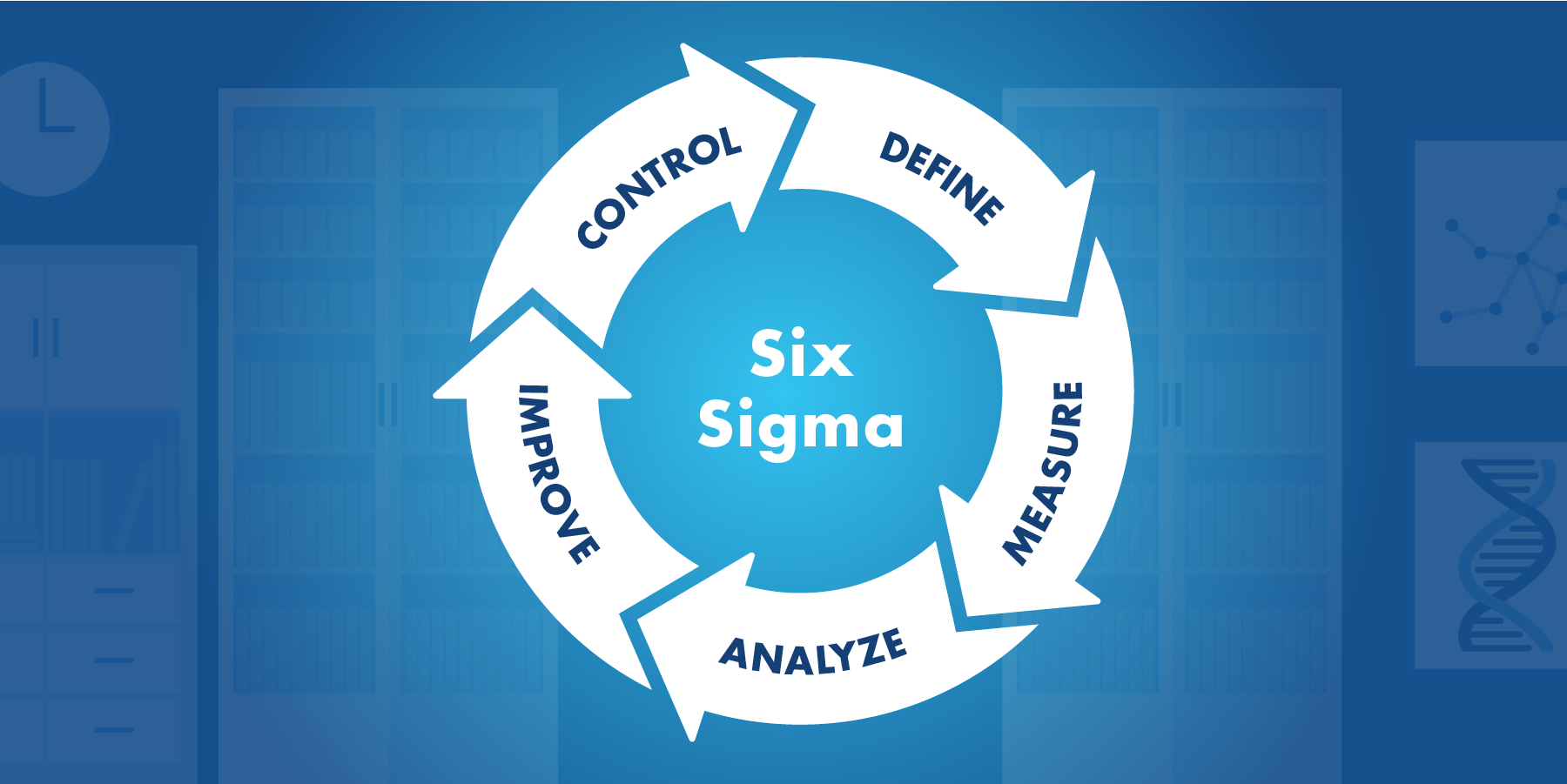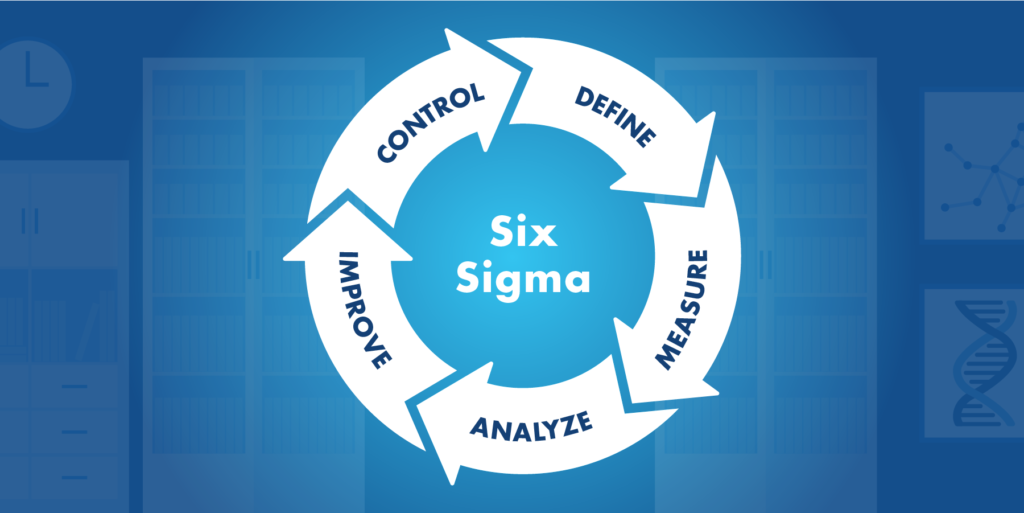Grand Rapids Residents - Learn Lean Six Sigma’s History Here
Contact Us

Lean 6 Sigma is a growing methodology used in manufacturing, companies, and personal projects. Practitioners learn how it can improve their processes and reduce waste. To reach this level of understanding and compliance, Lean Six Sigma is still useful, regardless of the situation. Our experts at Lean Six Sigma Curriculum Fort Wayne High School Students of Indiana provide all the details.
Lean Six Sigma is a mix of Japanese management principles and methods, but it is mainly a combination of Lean and Six Sigma. It can be traced back to the United States.
We must be clear before we proceed. LSS is not Japanese, despite all its influences from Japanese methodologies.
Kaizen, which is the Japanese influence of the Lean Six Sigma methodology, encourages cooperation and commitment toward continuous improvement. It does, however, influence it.
We should be focusing on the Six Sigma and Lean methods as they were developed before LSS. They each contribute at their own level and have structures that can be combined and improved into LSS.
Kaizen, LSS, and how it works are important to remember that Six Sigma and Lean can be traced back way before our main methodology. This is at least the case with Lean.
How did Six Sigma & Lean start?
Understanding the differences between Six Sigma (and Lean) is crucial. We noticed that LSS was not exactly the same as the former.
First, Lean is known as “Lean thinking” because of its structure and principles. It helps industries and businesses think about customers and improve processes around them.
Lean can be traced back to Toyota and how it was integrated into Toyota Production System (TPS). John Krafcik was once a student of the founder of Toyota. He was searching for a name that would describe the TPS system he had created at the time.
He wrote down the differences between Toyota’s system and traditional mass production on a whiteboard. He concluded that Toyota’s system requires less of everything in order to create value. This is also true for the entire Lean concept.
The whiteboard and his conclusion quickly established Lean. It focuses on reducing waste as well as non-value-added activities.
Lean is built on its own principles and foundations. Understanding the customer is key to understanding the process’ waste stream as well as its value streams. This may sound similar to Kaizen, but it isn’t.
Six Sigma, an American-based method that dates back to the 1980s, is next. Motorola was the original inventor of Six Sigma. Here is where our focus will be.
Motorola was an adversary for foreign companies during its early years. Motorola’s CEO, Bob Galvin, had a goal of achieving tenfold growth within five years.
This plan was centered on global compatibility, participative management, as well as quality improvements, and global competition. Motorola quickly adopted Six Sigma as the standard for all business processes since it improved cycles and produced better results.
Both approaches acknowledge that success is only possible through change. Six Sigma is an excellent addition to the Lean process. LSS was created when the principles of both were combined. It was important to maximize the results of each technique by following the pre-existing structure and setting the basics while adding value.
What is Lean Six Sigma?
LSS has been used in many different ways throughout history. It’s designed to improve productivity and efficiency and reduce waste.
It’s great to be able to comprehend the principles and solutions of Lean Six Sigma, Kaizen, and Six Sigma. It is possible to see both the advantages and disadvantages of LSS.
Lean helps companies and employees better understand customers and prioritize customer needs. They can also concentrate on the company’s value stream and processes to achieve perfection.

Six Sigma is dedicated to excellence and an environment that promotes efficiency and clean operations. Six Sigma is committed to continuous improvement and innovation in general.
We will start with the basics and show you how LSS works for practitioners.
- Learn how to reduce waste
- Increase efficiency
- Reduce errors.
- Reduce your risk.
- Time management.
- Lower costs translate into higher revenues and better wages.
- Motivate employees.
- Leadership and innovation are fundamental concepts that can both be established within a company or an individual’s mind.
Lean Six Sigma For Companies & Individuals In Fort Mayer
Lean Six Sigma Curriculum Pros in Fort Mayer is available to help you. This methodology is well-known in our field. We can teach students of all levels, from high school through college, how to incorporate LSS into their daily lives and business processes.
We want you to enjoy all the benefits and ensure you get the most out of your certification, training, and implementation.

